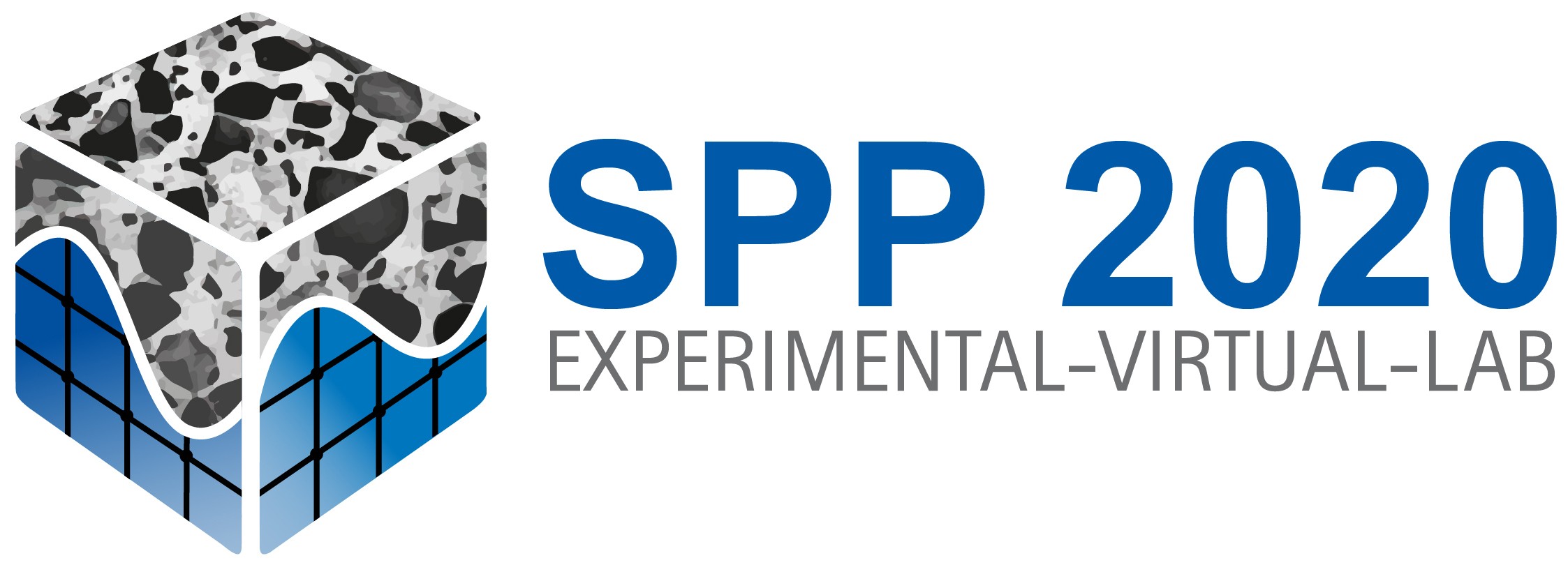Co-Applicants
Project description
High-performance concrete (HPC) is nowadays widely used for the construction of concrete components for bridges, towers, offshore rigs, crane runways, tall buildings, wind turbines and roads, all structures that are particularly susceptible to cyclic loading. Currently, the opportunities that arise from the use of HPC cannot be fully exploited because of overly conservative design standards. This mainly results from the lack of knowledge regarding the material degradation under fatigue loading.
The aim of this project is to fill these knowledge gaps. It is nowadays widely recognized that new insight on the behavior of concrete can be gained through an explicit modeling of its heterogeneous structure. In this project, a multiscale computational model of HPC will be set up to shed light on the fundamentals of the fatigue performance, and in particular on how the damage and crack pattern and crack growth rate are influenced by the material characteristics and by the heterogeneous geometry.
The computational model will focus on the so-called mesoscale, where HPC will be considered constituted by bulk cement mortar, coarse aggregates, air voids and interfacial mortar between aggregates and bulk mortar. The multiscale nature of the model will arise from the need to properly assign material properties to the bulk and interfacial mortars, which in turn are constituted by cement paste, fine aggregates and pores at the lower scale (microscale). The micro-mesoscale transition will be based on the assumption that the fracture properties of mortar mainly depend on the local porosity. Damage and cracking will be described with a phase-field modeling approach extended to incorporate fatigue effects.
A comprehensive experimental program will be carried out. The fracture properties of the bulk and interfacial mortars will be characterized as functions of the local porosity, thus substantiating the micro-mesoscale transition experimentally. The geometry of the mesoscale model will be entirely based on geometry acquisition from Computer Tomography (CT). For this purpose, innovative techniques will be developed to enhance the contrast between aggregates and mortar and enable automatic image segmentation. Crack initiation and propagation phenomena will be observed through testing, including testing within the CT chamber with full-field three-dimensional measurement of strain and displacement under load, under monotonic and cyclic loading conditions. The experiments will allow for a thorough validation of the computational model and both will shed light on the fundamental mechanisms of fatigue failure in HPC.
